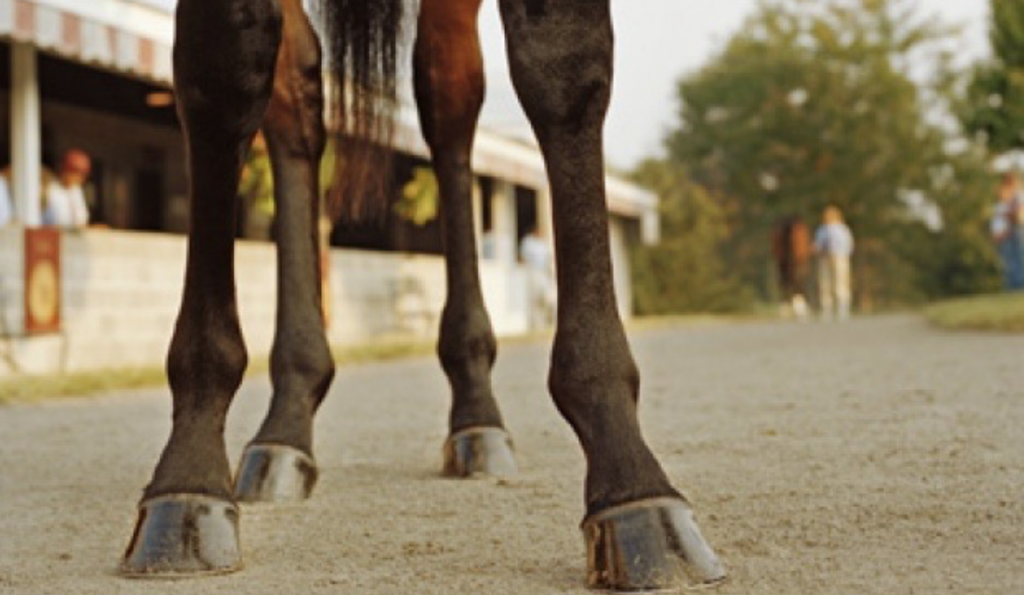DR. Steven Allday weighs in picking a Derby Winner
We equine vets are in a privileged position to see some of the best horses in the world come up through the system. Personally, I’ve vetted hundreds of racehorses over the years, and worked with more than a few Derby winners. So I get asked a lot: should I buy this horse? Should I run this horse? Here’s how I get my answers.
Does this horse have a sound structure?
Horse racing history is filled with Cinderella stories of small or unlikely horses winning at the elite level. But let’s face it. The Derby is a long, hard, rough race and the biggest, strongest horses win. So, does this horse have good musculature and strong bones? Is it big across the chest, showing it has larger lungs? When the horse walks, is it toeing in or out, or striding straight like it should? Is there a good 45 degree angle at the neck and lots of muscular support for the horse’s head? Is it square–not flat–at the knees? Does it have a good foot with no structural hoof problems or injuries? If you can answer yes to all these questions, you’ve got a horse with the physical ingredients to be a winner.

How good is this horse’s medical record?
Medical problems tend to repeat themselves when a horse is under the tremendous physical strain of a training and racing schedule. If you have a horse that has had fairly serious problems in the last 60 to 90 days, you’re probably better off not racing them at all. Or, consider trying to race them in the next class down, and coming back strong the next year.
Is this horse getting better with age?
A lot of people get excited over two-year-olds that are really precocious, and that’s great. But what you really need to look for is the three-year-old horse that is getting better as he goes. The road to the Derby is long, and it’s littered with horses that peaked too early. You want to find a horse that gets better and faster as the competition gets harder. By the time they reach the elite level, they’ll be ready.

Can this horse go the distance?
The real test for a racehorse comes at 9 furlongs, and they have to be able to pass it by the end of their second year. I can’t tell you how many promising racehorses I’ve seen get up to the 9 furlong level, and go from the top to the bottom of the pack. It’s almost like it’s an invisible barrier that some horses just can’t cross.That’s why Derby-class horses are so special.
Does this horse have the right personality and the will to win?
Grace under pressure. All Derby winners have it. They love the pressure of race day with the noise, the crowds and the competing horses bearing down on them at top speed. I don’t care how fast a horse is. The Downs is no place for a skittish, inconsistent horse on the first Saturday in May. It’s also no place for a mean horse (which could be acting out as a result of a medical problem.)

By now, you may be noticing I’ve left out the one thing most people look at first: breeding. It’s hugely important, as horse’s running traits and strengths are strongly genetic. But too many people just look at a horse’s breeding as if they are ordering it off a menu. There’s no substitute for horsemanship. Know your horse, its habits, its work ethic and its personality. Most of all, get the best possible team that can give you a sharp picture of what your horse can and cannot do. It’s the only sure path to the winner’s circle.
This article was written by Dr. Steven C. Allday, DVM, vet to top equine athletes around the globe. He is also an entrepreneur, founding the company that manufactures LubriSynHA, one of the industry’s most widely used natural equine joint supplements. For more information, visit www.lubrisyn.com.

